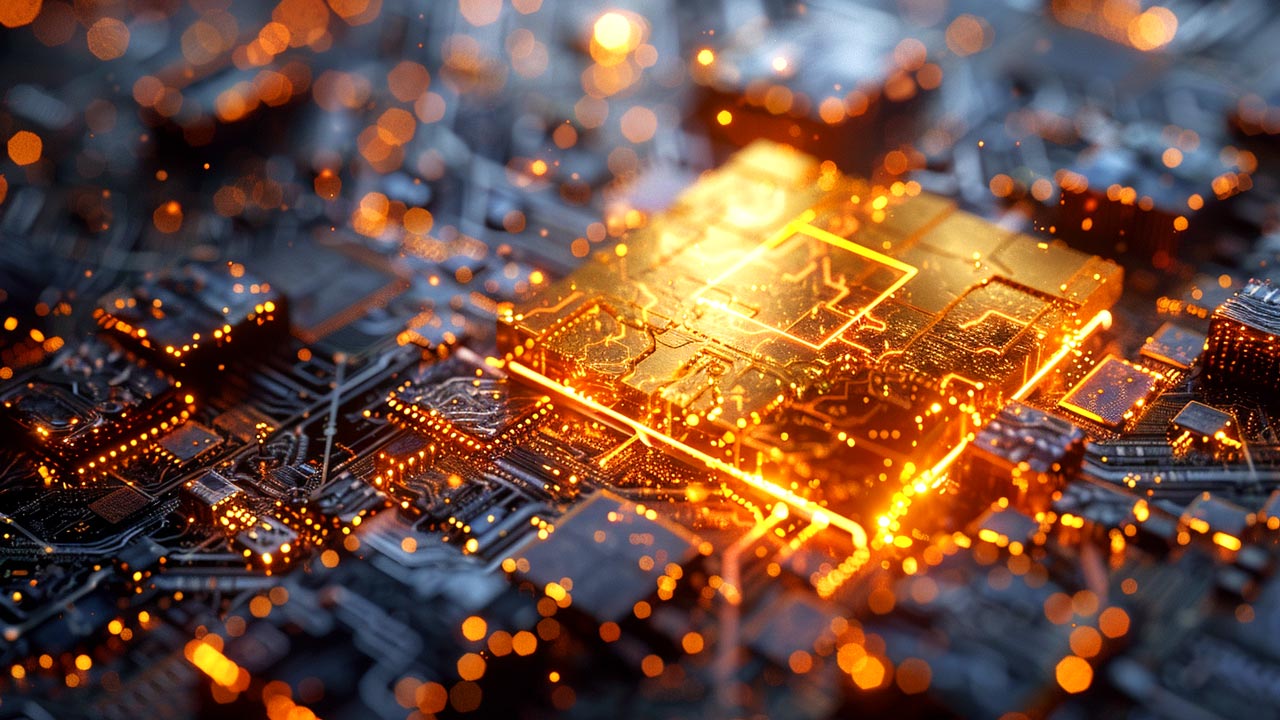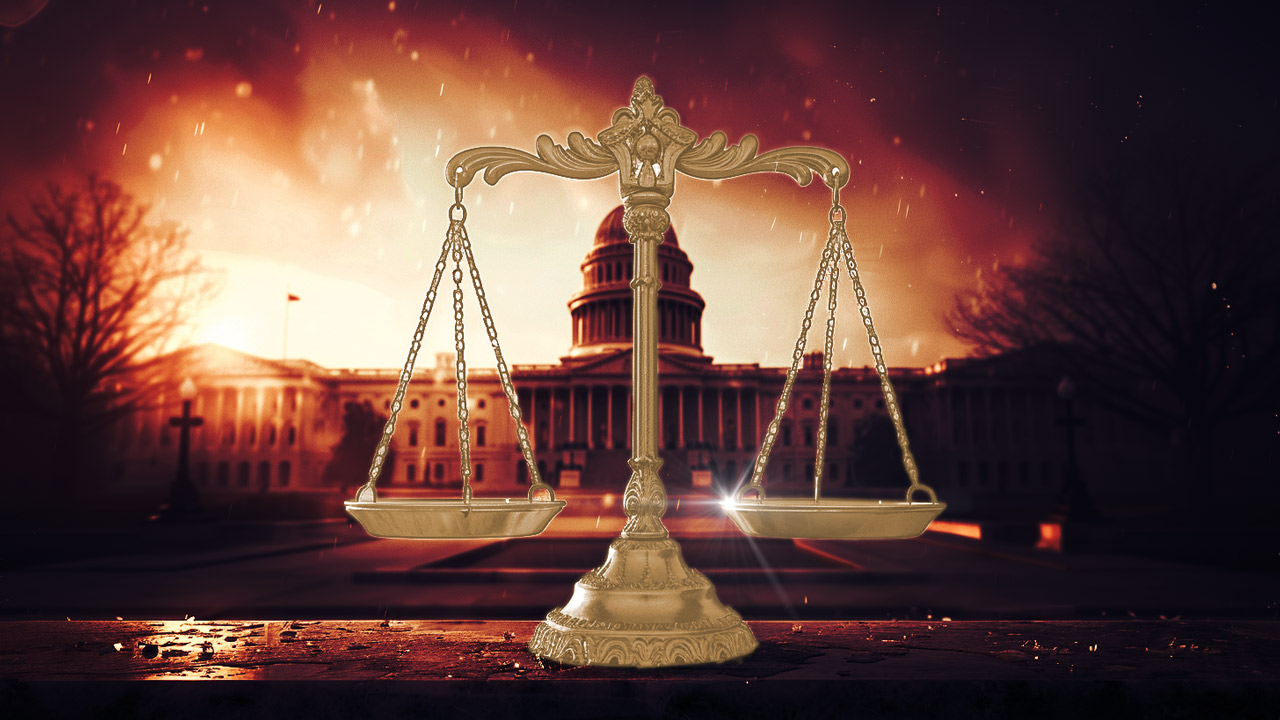The Golden Decade
By Peter Schiff
As gold hovers near $1,200 an ounce and pundits speculate about a ‘gold bubble’, it’s important for investors to remember that a mere decade ago the picture was very different. In the year 2000, gold sat at an unimpressive annual average of $279 an ounce – a two-decade low. At that time, most analysts thought gold was finished as a monetary metal. They said its price would never recover and only kooks with tin hats would invest in it. I was one of the very few financial commentators publicly saying that gold was not only viable, but entering a long-term uptrend.
With the benefit of hindsight, we can all see that the consensus was wrong. Gold has performed remarkably against the Dow, NASDAQ, and US real estate. The reason I was able to confidently forecast this result is because I ignore the ‘certainties’ determined by Wall Street consensus, and instead study the fundamental trends.
2000’s – The Great American Century?
Ten years ago, the United States was the world’s largest consumer of energy, house prices were steadily appreciating nationwide, the government was running a budget surplus, and there was widespread consensus that the world had entered a period of Pax Americana – stability brought about by permanent US dominance.
Overseas, the euro was just getting to its feet, no Western country could even imagine facing default, and the only BRICs anyone had heard of were the ones used to build houses. These circumstances were extremely bearish for gold, especially as the dollar was at a multi-year high against other major currencies.
But I correctly perceived that this grand tapestry would quickly unravel.
The Tortoise & The Hare
China started moving toward a market economy in the late 1970s. In the ensuing decades, their economy grew exponentially as more than a billion people won the economic freedom to compete in the world economy. While others were stuck in the Cold War mentality of the US versus the Soviet Union, where the Soviets’ collapse guaranteed America’s perpetual dominance, I was paying attention to this Chinese freight train that was gaining on us at a million miles an hour.
I saw that while the entire Third World was embracing capitalism, the West was embracing ever more lavish entitlements, ever more debt, and was using inflation to pay for it all. Developing economies were buying many of these new dollars, thus keeping the dollar index deceptively high; but all chickens come home to roost and I knew this inflation would come back to haunt us.
Moreover, all the money printing was creating tremendous distortions in the domestic economy – first the dot-com bubble, then the housing bubble, then the financials bubble, all the way to the current Treasuries bubble.
2010 – The Great American Collapse
Today, China is the world’s largest consumer of energy, American house prices are at generational lows, Washington is running deficits in the trillions (an order of magnitude used only sarcastically back in 2000), and the United States is suspending military exercises because they might upset the Chinese government.
Since 2000, the euro became the world’s backup reserve currency, Iceland’s economy collapsed, Greece averted this fate only by the grace of its neighbors, and savvy American investors have turned to the BRICs for growth and preservation of capital.
This transformation of the global economy, and the turbulence that accompanies it, has been bullish for gold. We have now seen the yellow metal reach new nominal highs, causing former critics to go silent for awhile, then re-emerge claiming there is a ‘gold bubble.’
Bubble or Bull?
In response, I will return to the only strategy that ever matters to long-term investors – analyzing the fundamentals. The truth is the fundamental trends haven’t changed.
The US government continues to add new spending programs (Obamacare, homebuyers tax credit, extended jobless benefits) and new regulations (1099s for small transactions, bank taxes, credit card fee limits), undermining our competitiveness and driving us deeper into debt. Though the euro has grown up somewhat, it is still too young and too troubled to take the place of the dollar as the world’s reserve. The Chinese government has maintained a counterproductive peg between the yuan and the dollar which is only beginning to be relaxed. This process would have to be completed before the Chinese currency could win reserve status.
In short, the dollar is closer than ever to collapse and there is no other national currency ready to take its place. I believe the world may soon discover that there is no better alternative than history’s proven money – gold.
Some of you might be familiar with these arguments, and say they are old hat. The same Wall Street analysts who missed the dot-com bubble and the real estate bubble are now warning that gold has already had its run up and is way overvalued. However, they were making this same argument back in 2006, with gold at $600/oz.
Meanwhile, in April of that year, I wrote a commentary with a few personal observations: none of my mining stocks had split, precious metals investors were not rubbing shoulders with real estate moguls or dot-com millionaires, and I was still running my gold investment division with only one employee. On TV, Flip That House wasn’t followed by Deal That Gold. My taxi driver wasn’t offering me hot bullion tips. In fact, nine out of ten people you stopped on the street couldn’t even tell you the current price of gold within $200! And that’s still the case today.
A Healthy Appetite For Gold
A decade after gold started its current bull run, we are still at half its inflation-adjusted peak. The run-up has been slow and orderly, with the price consolidated over the last three months at around $1,200. Dips like the recent drop below $1,160 have been correctly identified as bargain buying opportunities.
Despite a long rally without a major reversal, Wall Street aurophobes still refuse to see gold as a good investment; but they were wrong on the fundamentals in 2000, and the fundamentals haven’t changed. As the world edges closer to the collapse of the US dollar system, gold prices have nowhere to go but up.
I continue to recommend that investors hold five to ten percent of their wealth in physical precious metals. Aside from the likelihood that gold and silver will rise in price, precious metals offer timeless benefits, such as financial privacy, elimination of counter-party risk (if you store them yourself), as well as protection from government confiscation, onerous securities regulation, and punitive tax rates.
Unfortunately, there are a lot of scammers out there who take advantage of rational interest in gold coins to sell people irrational investments. That is why I am so proud to finally offer a straightforward, ethical, no-gimmicks way to buy gold and silver coins and bullion, Euro Pacific Precious Metals. My company does not sell numismatics, proof sets, commemoratives, leveraged contracts, or any product that distracts from our goal: preservation of your capital. I encourage you to add precious metals to your portfolio now, because those waiting for a big correction before coming aboard may just miss the train entirely.
Follow us on Twitter to stay up-to-date on Peter Schiff’s latest thoughts: @SchiffGold
Interested in learning about the best ways to buy gold and silver?
Call 1-888-GOLD-160 and speak with a Precious Metals Specialist today!



 The solution to a problem shouldn’t make the problem worse. But apparently, California’s policy makers missed that memo. On April 1st, the state instituted a $20 minimum wage for fast food workers, the highest in the US. With California’s absurdly high cost of living, the policy appeared to make life more manageable for low-income residents. Unfortunately, as the adage goes, “If it sounds too […]
The solution to a problem shouldn’t make the problem worse. But apparently, California’s policy makers missed that memo. On April 1st, the state instituted a $20 minimum wage for fast food workers, the highest in the US. With California’s absurdly high cost of living, the policy appeared to make life more manageable for low-income residents. Unfortunately, as the adage goes, “If it sounds too […] The monetary battle of the 20th century was gold vs. fiat. But the monetary battle of the 21st century will be gold vs. bitcoin. With Wall Street jumping into the game with bitcoin ETFs, a bitcoin halving recently splitting the block reward for miners in half, and both gold and bitcoin hovering near their all-time highs, it’s a great time for […]
The monetary battle of the 20th century was gold vs. fiat. But the monetary battle of the 21st century will be gold vs. bitcoin. With Wall Street jumping into the game with bitcoin ETFs, a bitcoin halving recently splitting the block reward for miners in half, and both gold and bitcoin hovering near their all-time highs, it’s a great time for […] What is Nvidia? If you’re a committed gamer the question may sound like nonsense. Nvidia, which was founded in 1993, is a tech company that makes GPUs and other products. It originally specialized in making products for the video game industry, that assisted in 3D rendering. If you were a committed gamer, you probably owned their products. If you weren’t, you might not have heard of them.
What is Nvidia? If you’re a committed gamer the question may sound like nonsense. Nvidia, which was founded in 1993, is a tech company that makes GPUs and other products. It originally specialized in making products for the video game industry, that assisted in 3D rendering. If you were a committed gamer, you probably owned their products. If you weren’t, you might not have heard of them. With the AI boom and green energy push fueling fresh copper demand, and with copper mines aging and not enough projects to match demand with supply, the forecasted copper shortage has finally arrived in earnest. Coupled with persistently high inflation in the US, EU, and elsewhere, I predict the industrial metal will surpass its 2022 top to reach a […]
With the AI boom and green energy push fueling fresh copper demand, and with copper mines aging and not enough projects to match demand with supply, the forecasted copper shortage has finally arrived in earnest. Coupled with persistently high inflation in the US, EU, and elsewhere, I predict the industrial metal will surpass its 2022 top to reach a […] America’s trust in its institutions has rapidly eroded over the past 20 years. We have a lower level of trust in our judicial system and elections than most European countries. Some of this is natural, as Americans are uniquely individualistic, but much of it arises from repeated government failures.
America’s trust in its institutions has rapidly eroded over the past 20 years. We have a lower level of trust in our judicial system and elections than most European countries. Some of this is natural, as Americans are uniquely individualistic, but much of it arises from repeated government failures.
Leave a Reply